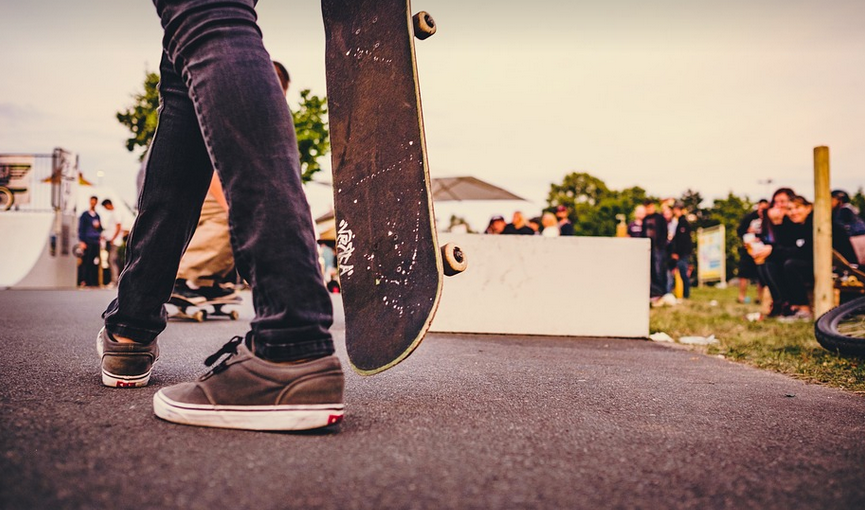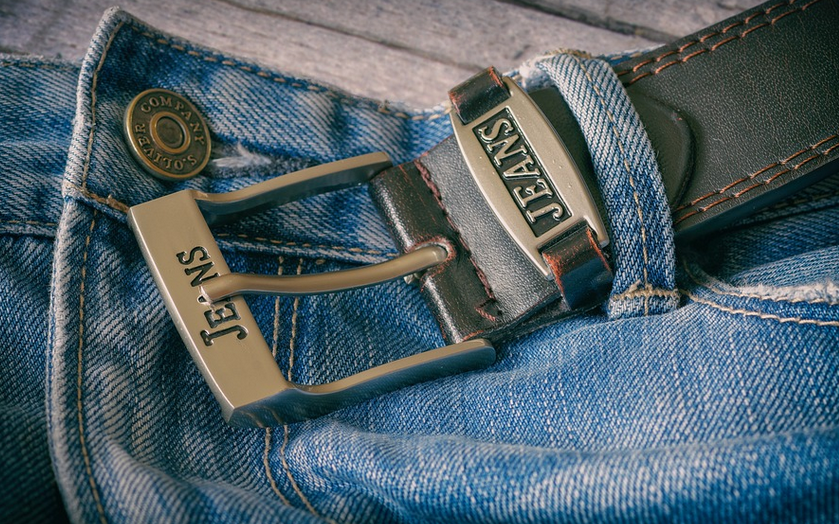The Ultimate Guide To Handling Hot Meat: A Cook's Companion For A Smoldering Experience

What Makes Gloves for Hot Meat So Important?
Handling hot meat is an integral part of the cooking process, but it’s also one of the most dangerous steps. Whether you’re grilling burgers, searing steaks, or frying chicken, dealing with temperatures above 140°F can be a recipe for disaster if proper precautions aren’t taken. Hot surfaces and meat splashes can cause severe burns, potentially leading to long-term damage and discomfort.
The key to avoiding such situations lies in using the right tools – specifically, protective gloves designed for handling hot surfaces. These gloves provide a physical barrier between your hands and the heat, shielding you from painful burns while ensuring you maintain control over your cooking efforts.
Why Choose Heat-Resistant Gloves?
While standard gloves offer protection against minor abrasions and cuts, they often lack the crucial resistance needed for handling hot meat. Heat-resistant gloves are specifically crafted to withstand scorching temperatures—often exceeding 300°F. These gloves feature durable materials like heat-resistant rubber or silicone, which can withstand direct contact with fire or intense heat.
Here’s a closer look at the key benefits: * **Superior Heat Resistance:** Heat-resistant gloves offer a remarkable level of protection against burns and scalding. They act as a barrier between your skin and potentially scorching surfaces, ensuring your hands remain unharmed even during cooking emergencies.
You can’t underestimate the value of this protection in a kitchen! It allows you to confidently handle hot pans, grill grates, and other items without worrying about painful burns.
Different Types of Gloves for Different Needs
Depending on your cooking style, different types of heat-resistant gloves are available. Let’s explore the most popular ones:
- Leather Gloves:
Leather gloves offer a durable and long-lasting option for hot meat handling. They provide excellent hand protection from burns and cuts but can be less resistant to heat compared to silicone or rubber gloves.
- Silicone Gloves:
Silicone gloves are a popular choice for their flexibility, comfort, and heat resistance. They can withstand temperatures of up to 500°F (260°C), making them ideal for handling searing hot items like cast iron pans or grilling.
- Heat-Resistant Rubber Gloves:
Heat-resistant rubber gloves offer a cost-effective and reliable option. They can withstand temperatures of around 500°F (260°C), making them suitable for various cooking tasks.
Choosing the Right Gloves for Your Cooking Style
Before you dive into your next grilling adventure, take a moment to consider the following factors when choosing gloves:
1. **Type of Meat:** If you’re working with high-temperature cooking methods and dealing with thick steaks or poultry, prioritize heat-resistant rubber gloves for greater protection. 2. **Cooking Tools:** Certain tools need specific gloves. For instance, grilling tongs and spatulas may warrant leather or silicone gloves to withstand the rough wear and tear of handling hot cookware. 3. **Personal Preference:** Comfort matters! Some people prefer the feel and flexibility of silicone gloves, while others appreciate the durability of leather gloves. You must choose what feels most comfortable for you.
Tips for Using Gloves Effectively
Properly using gloves ensures their effectiveness in handling hot meat. Here are some tips to follow:
- **Wear Gloves Before Handling Hot Surfaces:** Always wear gloves before handling any heat source, such as the stovetop or grill. This prevents accidental burns from unexpected splatter.
- **Inspect your Gloves Regularly:** Ensure your gloves are free of holes, tears, or abrasions before each use. These imperfections can compromise their ability to protect you.
- **Properly Store and Clean Your Gloves:** Store your gloves in a dry, cool place away from direct sun exposure. Wash your gloves regularly with soap and water for proper hygiene after every cooking session.
- **Consider Heat-Resistant Oven Mitts:** If you’re working with extremely hot ovens or grills, consider using heat-resistant oven mitts in addition to gloves to ensure even greater safety.
Protecting Your Hands While Cooking: A Recipe for Safety and Delicious Food!
Investing in a high-quality pair of heat-resistant gloves is an investment that speaks volumes about your commitment to safe cooking. These gloves provide peace of mind, enabling you to focus on creating delicious culinary masterpieces without the worry of burns. They ensure complete protection against hot surfaces and splatters, allowing you to navigate the world of meat handling with confidence and comfort.

